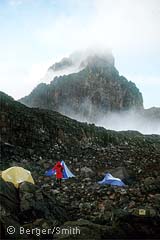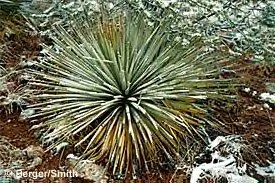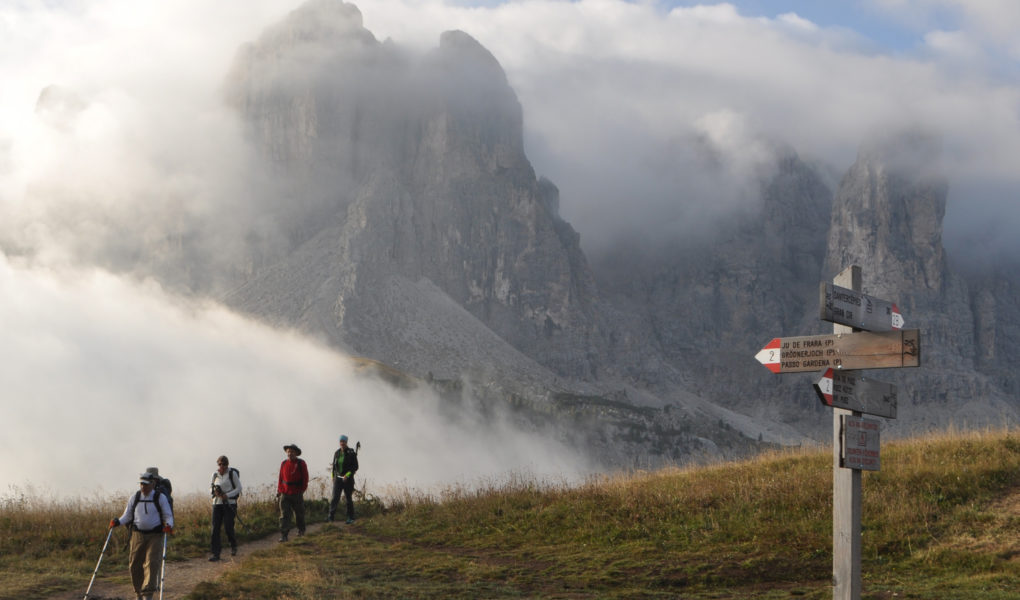 |
| Fall in the White Mountains |
The tour guide told us the story of Lizzie Bourne, who in 1885 died of exposure only a few hundred feet from safety at the summit house. Standing outside by the memorial plaque, near a giant cairn marked with the white blazes of the Appalachian Trail, I wondered, how could you die HERE, when safety was just over THERE?
And then clouds swirled round and the fog drifted in, a blue day turned gray and cold and damp, and in the sting of a bitter wind, I suddenly caught a glimmer of understanding.
That list on Mt. Washington keeps growing, and so do the stories. Hikers and skiers: Dead from falls, hypothermia, avalanches. Killed by the unrelenting chill of winter. Killed by a summer storm. Killed by a simple misstep, or a whole mountain of snow collapsing on top of them. Killed, sometimes, by ignorance or hubris or the simple inability to understand or imagine the brutal, stark finality when Nature runs amok.
They are stories we need to hear.
I was reminded of that just recently, when I read a blog post (side note: the post is long since off the internet) about a hiker dying in Glacier National Park. It was called “You Just Never Know,” and it’s true: You just don’t. A fine day, a photogenic view, a fall. Final. Fatal.
 |
| Fog on Mt. Kenya |
For the most part, adventure travelers go in and out of the mountains without incident. For all the potential dangers that are out there (and there are plenty of them) the mountains rarely release their fury. And even when they do, good preparation or dumb luck, or both, intervene. You run out of water, but you stumble on a working windmill. You get lost, but someone appears and points you in the right direction. You suffer headaches and nausea on an ascent, and you run into more experienced climbers who tell you to camp with them because you’re showing symptoms of altitude sickness.
You could have become dehydrated. You could have been lost for days. You could have died of acute mountain sickness. But you didn’t.
Did you learn anything?
I gave a talk to a bunch of teenage adventure campers a couple of weeks ago, and one of the questions I was asked was “Did you you ever almost die out there.” The kids all leaned forward: NOW, finally, we were getting to the good stuff.
And then, I had to disappoint them.
Because the truth is that I’m a wimp. I am the exact opposite of Cheryl Strayed: I always have the right gear, the right map, the 10 Essentials, and an extra Band-aid. You could spoof me in a satire, and you wouldn’t even come close. I think it comes from having read too many “Drama in Real Life” stories in the old Reader’s Digest when I was a kid. Or maybe it was tales like Jack London’s To Build a Fire.
Storytelling, I think, serves a purpose beyond recreation. Imagine early humans back in cave-dwelling times, sitting around their fires, telling tales of the hunt. Bragging rights? Undoubtedly. Entertainment? Sure. But also education, warnings, advice. I wonder if perhaps storytelling might be genetically bred into us — an evolutionary strategy for education and survival. Groups that told stories learned and lived. Those that didn’t… didn’t.
I imagine the stories haven’t changed that much, despite the millions of intervening years. Our cave sisters and brothers might recognize those grizzly bear stories that were a staple of my childhood. They might have told each other the same stories: of getting stuck in mountains, trapped in blizzards, lost in impenetrable forests. I liked to read those stories; I didn’t want to be the star of one. Perhaps that same thought occurred to some great-great-grandmother-times-a-thousand-generations as she sat around the campfire, cozy and warm, safe and hoping to stay that way. Perhaps we both survived because we both listened to the stories.
Several years ago, I was hiking the Arizona Trail. I had just finished reading Edward Abbey’s Desert Solitaire, in which Abbey describes being stuck in a slot canyon: no way to go up, no way to go down. He thought he was going to die before he managed to haul himself out, and, being Edward Abbey, he wrote about it in a way that put me right in that canyon with him. The scorching sun reflected hot against the cliff and the air grew thick as furnace heat. As Abbey’s water supply ran down and what he had left got so hot it barely slaked the brittle claws that raked the back of his throat, I found myself reaching for my own water bottle. As I recall, Ed hauled himself up by the grace of a quarter-inch rope of vine that had the decency to hold his weight as he scrambled to salvation.
So, when I encountered a slot canyon traveling on a secondary, seldom-used trail, I remembered old Cactus Ed stuck on his ledge, convinced he was going to die. I was short on water. It was getting dark. Because Ed had gone down his slot canyon, I didn’t go down mine. I turned around and back-tracked two miles before I even found a spot flat enough to camp. I’d tackle the canyon in the morning, when I could see. Be sure. Be safe. Be boring.
 |
| The unexpected: A yucca in a surprise spring snow. |
So no, I don’t have any great stories about near death experiences. I’ve been cold, and thirsty, and I’ve had a touch of altitude sickness. I’ve been rattled at by rattlesnakes and I’ve argued with bears over the rightful ownership of my food bags. And I’ve been scared silly in grizzly country by the shiver of wind whistling through a clump of huckleberry bushes. But I put on extra clothes, found some water, rested an extra day before continuing a climb, stepped around the rattlesnake, won the argument with the bear, and got over my fear of what crouches in the shadows.
Still, part of what I take with me when I travel in the backcountry are the stories that keep me just slightly on edge, a little more alert. They are no guarantee: Things can still go wrong. But people who study such things come to the same conclusion time and again: Most wilderness disasters are at least in part caused by operator error. Conditions may factor in. Bad luck may factor in. Panic may factor in. But lack of preparation or poor decision-making can be, and often is, the difference between life and death. So I listen to the bell in the back of my head that said “don’t go down that canyon tonight.” I look at a steep slab of ice or some gnarly rock on a slope and think of the hikers in Glacier who didn’t make it across. I remember Lizzie Bourne, out there in the cold clenching fog, minutes from safety. Then dead.
It’s usually a benign place, the wilderness. But not always, and therein lies the danger. If it were ALWAYS dangerous, we’d know enough to respect it. But there it sits with its crystal blue skies and gorgeous views, beckoning us, seducing, giving no sign of its evil twin.
Writing in National Geographic Adventure about Mt. Washington’s legacy of fatalities, backcountry safety expert Laurence Gonzales says, “We come from the relatively safe environments of the city, where our mistakes are mostly forgiven, and we bring with us the careless ways we’ve learned there. Worse still, we travel to these danger zones and have a benign experience — like mine on Mount Washington on that beautiful sunny day. And that gives us a false sense of security.”
Without the direct experience, it is the stories that may save us when Mother Nature changes her mind.
